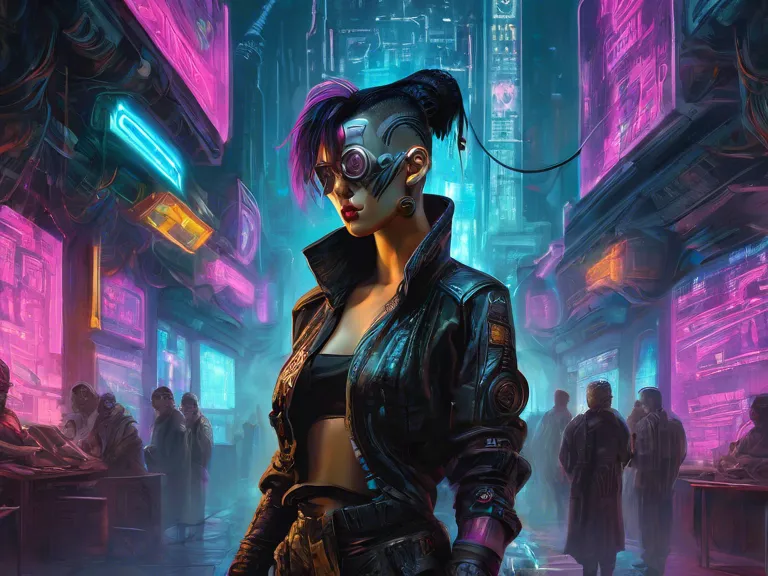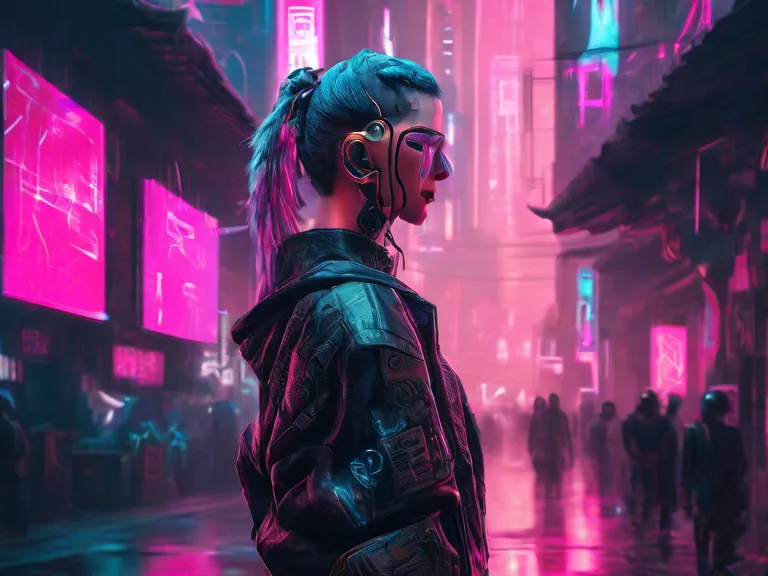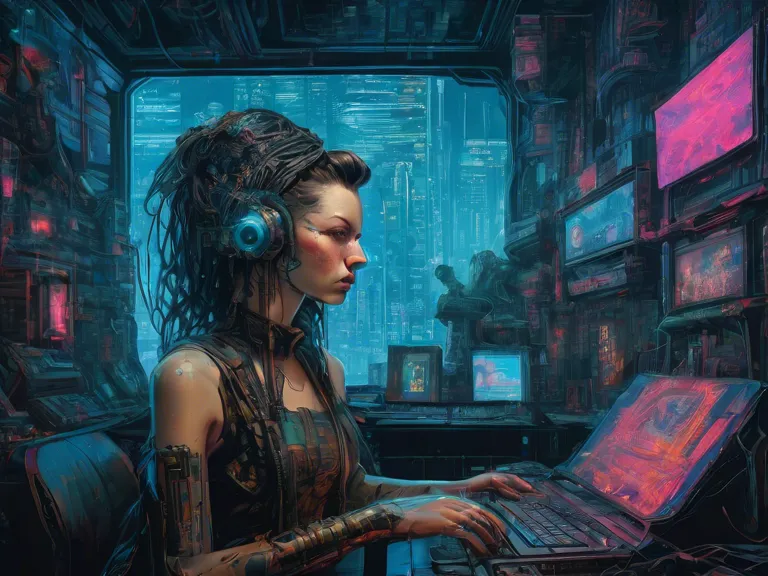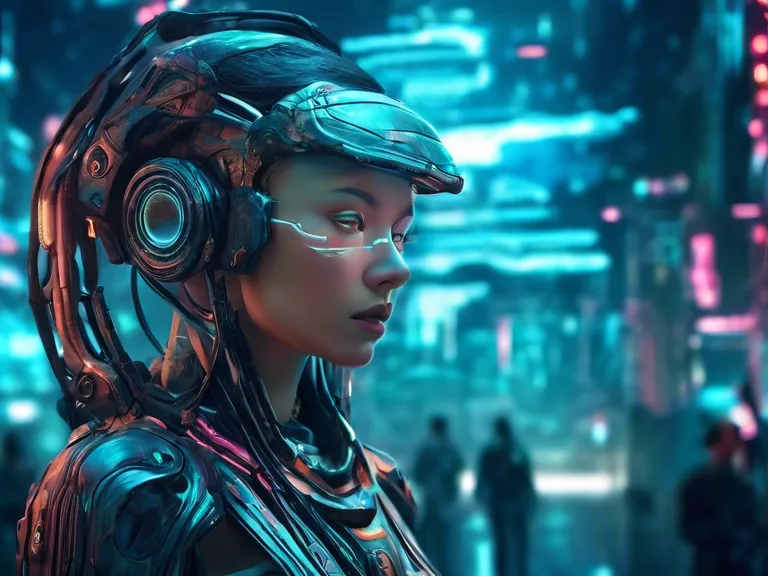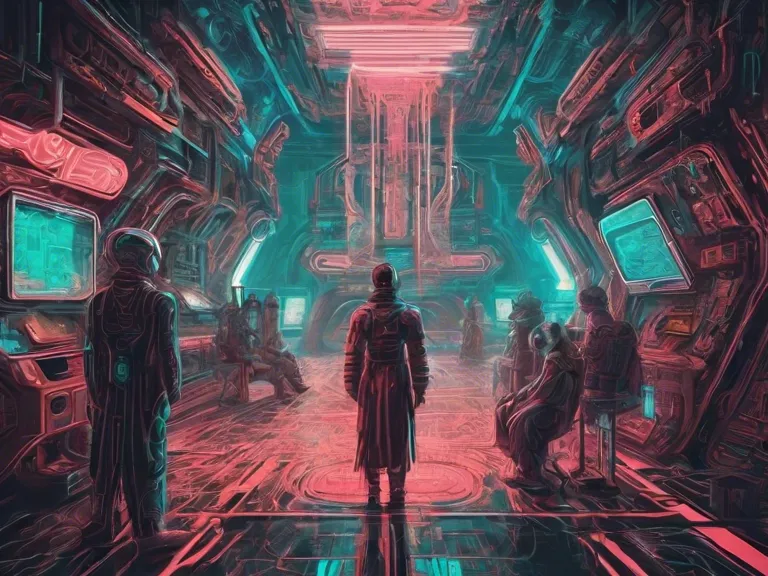
In the world of art and design, there is a fascinating movement known as retro-futurism that combines ancient artistic techniques with a futuristic cyberpunk aesthetic. This merging of the old and the new creates a visually stunning and thought-provoking style that captivates audiences and challenges traditional notions of art. By blending techniques such as oil painting, sculpture, and calligraphy with cybernetic imagery and neon colors, retro-futurism offers a fresh perspective on how we perceive the past, present, and future.
One of the key aspects of retro-futurism is the juxtaposition of ancient art techniques with cyberpunk themes. For example, an artist may use traditional oil painting methods to create a portrait of a cyborg with intricate mechanical details. This combination of classical craftsmanship and futuristic imagery creates a sense of timelessness and bridges the gap between the past and the future. By incorporating elements of both worlds, artists can convey complex ideas and emotions in a visually striking and compelling way.
Another defining feature of retro-futurism is the use of bright colors and dynamic compositions. Neon blues, pinks, and greens are often juxtaposed against dark backgrounds to create a sense of contrast and tension. These vibrant hues invoke a sense of energy and movement, drawing the viewer into the artwork and creating a sense of immersion in a futuristic world. The use of bold colors and bold compositions is a hallmark of the cyberpunk genre, and by merging these elements with ancient art techniques, artists can create a unique and captivating visual experience.
Overall, retro-futurism is a dynamic and exciting movement that pushes the boundaries of traditional art and design. By blending ancient techniques with cyberpunk themes, artists can create works that are both timeless and cutting-edge. This fusion of old and new offers a fresh perspective on how we view the world around us and challenges us to reconsider our preconceived notions of art and creativity.
